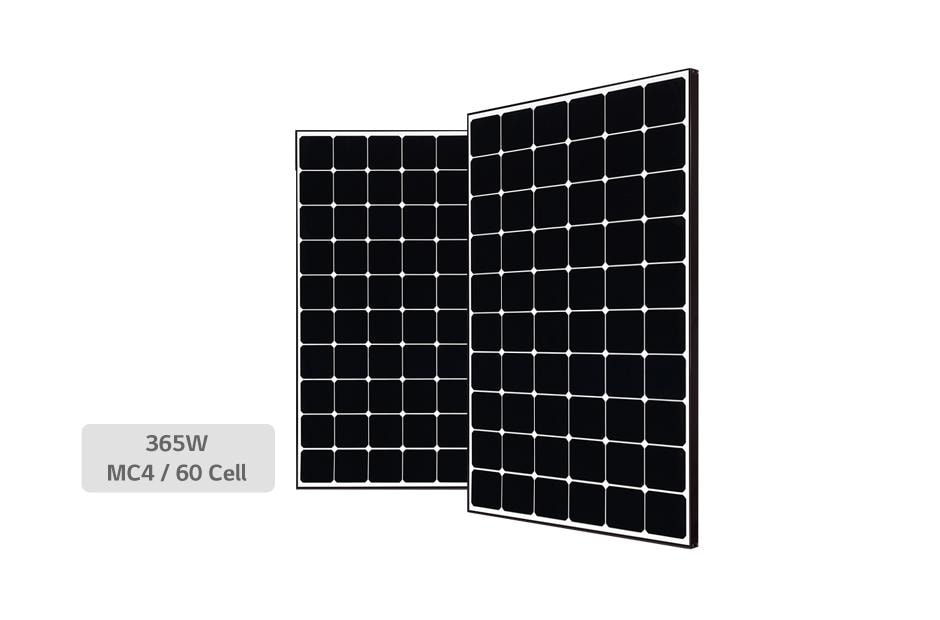I've read some hype on Solaria panels being more efficient, especially for shading issues. If we don't have shading issues are they worth the 20% premium over say Peimar panels or some other off brand? There are some sales bringing the price a little lower on Solaria but still right at 20% more expensive.
One nice thing is that you can get a 60 cell panel size in a 320W panel so it would be easier to physically handle for the same power level, but that alone is not worth 20% to me.
One nice thing is that you can get a 60 cell panel size in a 320W panel so it would be easier to physically handle for the same power level, but that alone is not worth 20% to me.


Comment